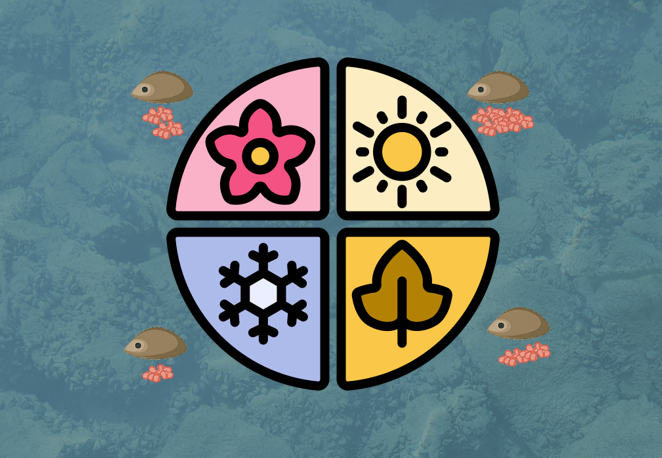Abteilung Aquatische Ökologie
Reproduction in the depths: Understanding fecundity across habitats in invasive Quagga Mussels

Successful invasions hinge on the ability to reproduce across diverse environments. This project investigates how reproductive output in quagga mussels varies with depth and season, a critical factor in understanding their long-term population dynamics and expansion in deep lakes like Lake Constance.
Through monthly sampling at multiple depths (1 m, 15 m, 60 m, and 250 m), this work package aims to:
i) Quantify reproductive investment using metrics such as gonadosomatic index (GSI), egg counts, and histological stages,
ii) Determine seasonal patterns of reproduction in both shallow and deep populations, and
iii) Evaluate the role of deep-water populations in sustaining overall population growth and invasion success.
The study combines morphological measurements with histological analysis and reproductive staging. Additional environmental data, including temperature, oxygen levels and fatty acid profiles be integrated to explore physiological trade-offs across habitats.
Understanding how reproduction differs with depth is essential to predicting the future spread of quagga mussels and modelling their demographic potential. This work directly informs ecological risk assessments and contributes to broader invasion biology theory.

